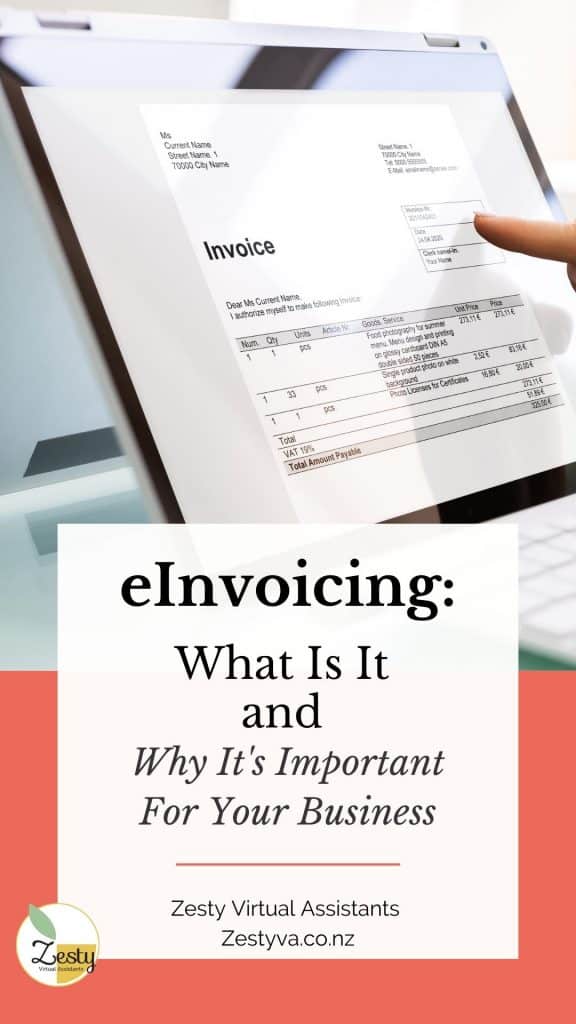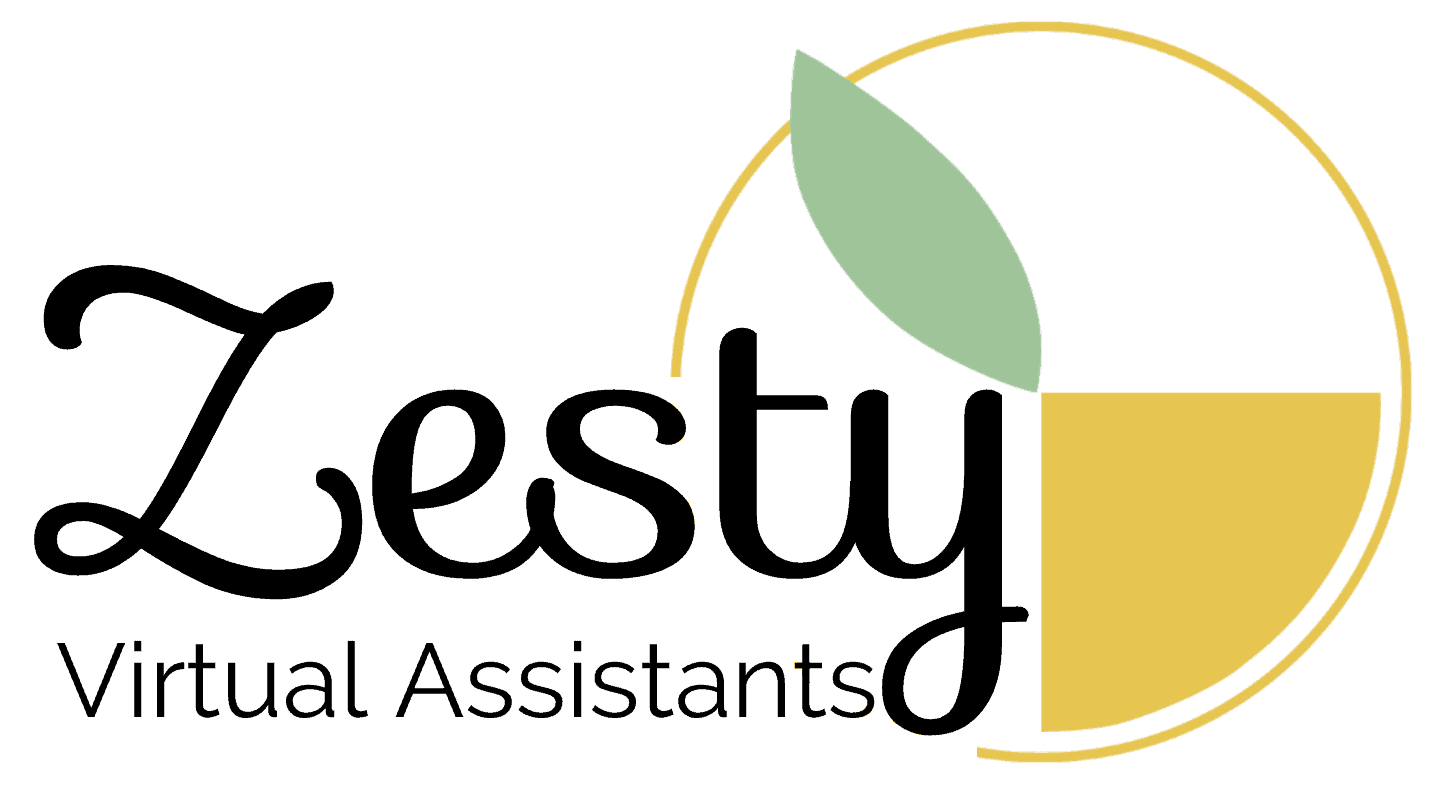
You may have heard a lot of talk about eInvoicing, but perhaps you’re not so sure what it means?
eInvoicing is the ability to send and receive invoices directly between businesses using your financial software (Xero, MYOB etc) e.g. to your client or supplier. It is done by matching your NZ Business Number (NZBN) and the NZBN of the business you’re sending the invoice to through a secure portal Peppol. The invoice is then sent via the portal, and it arrives in the Drafts folder of your ‘Bills’ in whatever financial software you are using.
New Zealand’s system was built in a joint initiative with Australia and has been created to meet international specifications, so in the future you will be able to invoice with business all over the world who have registered.
How to Register for eInvoicing with Xero
It is simple to register for eInvoicing through your Xero account; it takes less than 5 minutes to do.
You will need your NZBN and these details must be added to your organisations information under Settings / Organisation Details.
Once this is done select:
Business – Bills to Pay
Along the top of the invoice, you will see Register to receive eInvoices
Follow the steps to confirm your details and you’re done!
Next:
Let your suppliers and clients know you are registered for eInvoicing and that it’s your preferred method for invoicing.
YouTube Video: Set up Xero for eInvoicing Step by Step
Why Change To eInvoicing?
Recently there has been a spate of fraudulent acts carried out by people hacking into company emails, finding Invoice PDFs changing the bank account number and the total amounts due on the PDF, and then sending out the invoice to the customer. The customer updates the bank account number in their system and then carries out the payment.
The most famous attack happened in 2020 where Team NZ were scammed out of $2.8million in this way READ HERE.
Small Businesses are heavily targeted – this is because a high percentage of owners and/or their teams are not concerned with setting up 2FA (two factor authentication) or unique passwords. It’s super common for a password to be FirstNameBusinessName123! and is the first passwords a hacker will try!
If you are one of these people then I highly suggest you are using a programme such as Last Pass to create and store your passwords, and the bonus is you can share selected passwords with those who need them (e.g. with your VA!).
Other options is to have a secure password for your gmail login, and when logged into chrome, use the inbuilt password suggester (right click or long-tap) and password saver. When you are logged in across different devices (phone, tablet, computer) the passwords will be synced across them and you will be able to log in and change passwords on the go.
And where ever possible have your 2FA turned on!
Your Xero Data Security with XportMyData
Along with the security of access, it is also a good idea for you to make sure your Xero Data is backed up. While Xero is in the cloud, they do not guarantee your data against server outages or it being hacked.
XportMyData is still the best way to make sure your Xero data is securely backed up. Not only is the weekly backup secure in case of servers going down (it can be downloaded to another cloud or offline site), having a separate backup also helps when changing accountants or bookkeepers, with audits, or if your system is compromised in any way… or if for some reason your Xero account is withheld from you (yes, this has happened to a client of ours!).
Through Zesty, we can offer weekly backups under $10 per month; it is the cheapest data insurance I know of! If you’re interested in setting up a backup subscription, contact Heidi. If you’re an existing customer, I’ll add XportMyData to your monthly package and start the backups straight away. If you’re not an existing customer, lets change that!

